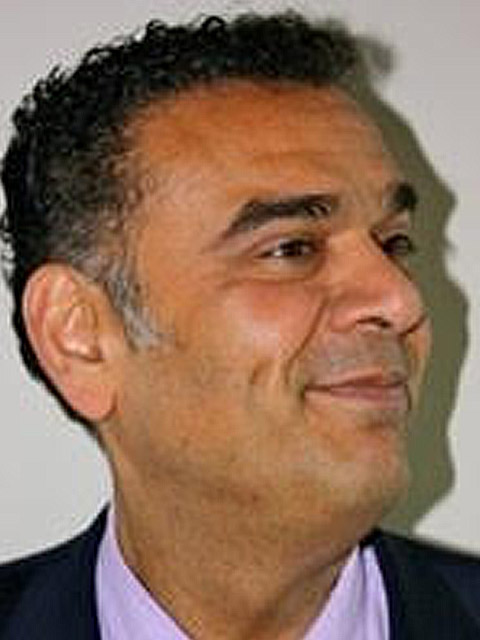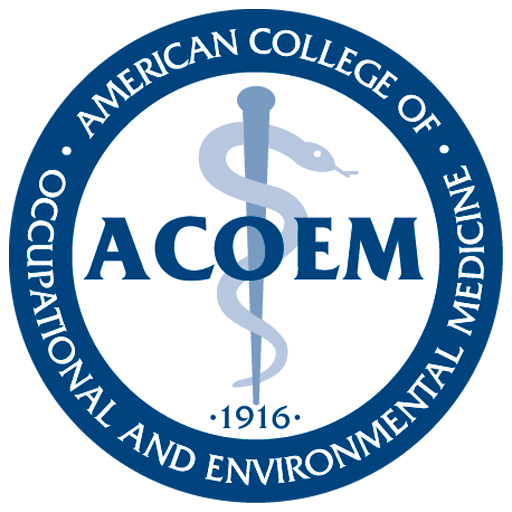
08: Industry Specific Pearls
Health care workers can encounter many harmful exposures in the workplace, including contact with body fluid, chemical and physical exposures, ergonomic issues, and violence. In general, the prevalent injuries that result can be divided into the categories of infectious disease, musculoskeletal injury, and, again, those related to assault.
Body Fluid Exposures
Body-fluid exposure can be broadly divided into two categories: needle-stick injuries and other contact with body fluid.
Needle Stick Injuries
Even after the introduction of retractable needles in the late 1990s, exposure to blood and blood products remains a major and common concern among health care workers. The estimated risk for infection after exposure to infected blood is roughly 0.3% for human immunodeficiency virus (HIV), 30% for hepatitis B virus (HBV), and about 10% for hepatitis C virus (HCV). Nurses are at the highest risk for this type of injury. The risk of infection increases with hollow-bore needles, needle devices that need to be taken apart or manipulated by the health care provider, syringes that retain and expose needles, and retractable butterfly needles, which can be difficult to dispose of in sharps containers.
Primary care providers need to know how to proceed in managing a health care worker with a needle- stick injury. Management should include an assessment of both the donor (usually the patient for whom the health care worker was caring) and the employee. Understanding the status of each person in terms of HIV, HBV and HCV is essential. The Occupational Safety and Health Administration’s Bloodborne Pathogens Standard (29 CFR 1910.1030) requires that employers make available immediate, confidential medical evaluation and follow-up for workers who have had exposures such as needlesticks. Post- exposure prophylaxis for HIV, HBV, and HCV, when medically indicated, must be offered to the exposed worker, according to the Centers for Disease Control.
Other Contact with Body Fluid
The chief risk of exposure to body fluid occurs when a health care worker has an open wound. It is therefore of primary importance to cover open wounds, especially the areas such as the hands that come in contact with patients, surfaces, and instruments. Infection can arise though direct contact with the body fluid of a person with an infectious disease or through splashes with water contaminated with infected saliva or blood, particularly during dental hygiene or dental procedures. For janitorial staff, the risk generally comes from cleaning a contaminated area in a health care facility. Orthopedic surgeons may be more prone than other health care workers to puncture wounds due to the prevalence of bone spikes in the operative field and the use of sharp instruments such as drills, saws, and wires.
Infections
Health care workers are susceptible to a variety of infections. These include tuberculosis and methicillin- resistant Staphylococcus aureus (MRSA). Some transmissions, including severe acute respiratory syndrome (SARS) and Ebola, have been lethal to infected workers. Primary care providers must screen patients effectively and be prepared to implement isolation procedures. Infection control is extremely important in preventing the spread of infection among other staff and patients.
Violence in Health Care Facilities
According to the World Health Organization, health care workers around the world are at high risk for violence. Between 8% and 38% of health care staff suffer physical violence at some point in their careers. Others are threatened or verbally abused. Most violence is perpetrated by patients, visitors, or to a lesser extent, residents of nursing homes. Incidences in which a client or patient has assaulted a health care worker account for 75% of aggravated assaults against employees and 93% of all assaults against employees. These injuries, of course, contribute to days away from work, including short- and long-term disability. In some cases, the return to work is further complicated by the development of posttraumatic stress disorder. Health workers most at risk for violence include nurses and other staff directly involved in patient care, emergency room staff, and paramedics.
Shiftwork
Shiftwork is recognized as any arrangement of daily working hours other than standard daylight hours (7 a.m. – 6 p.m.). Health care workers involved in shiftwork may suffer from short sleep duration or sleep disturbances. One-third of those who work shifts may not get enough sleep. Shiftwork and long work hours are associated with reduced neurocognitive performance, depression, insomnia, obesity, hypertension, stress, cardiac conditions, and injuries. Shiftwork that involves circadian disruption is considered, albeit with limited evidence, a factor in the development of breast cancer. In addition, fatigued health care workers are at higher risk for motor-vehicle accidents.
Work-Related Musculoskeletal Injuries
Musculoskeletal disorders have been found to be the most common occupational injuries and illnesses among hospital workers in the United States. They are a serious problem especially among nurses and nursing home staff who carry out direct patient-care tasks including lifting, transferring, and repositioning of patients.
Chemical Injuries
Depending on the facility and type of service health care workers provide, they may be exposed to chemicals through cleaning products and sanitizing agents, acrylics, medications including cytotoxic agents, and anesthetic agents and metals such as mercury, to name a few. Therefore facilities must maintain updated lists of all such products used onsite. Training staff on how to handle accidents such as spills is critical.
Radiological Injuries
The potential for exposure to isotopes and X-ray radiation is a risk for those workers administering these tests. Health care facilities must educate staff on what to do in case of incidental exposure. For this purpose, the U.S. Centers for Disease Controls and Prevention offers a helpful publication, “Emergency Preparedness and Response: Radiation Emergencies,” on its website.
References
- Wicker S1, Jung J, Allwinn R, et al. Prevalence and prevention of needlestick injuries among health workers in a German university hospital. Int Arch Occup Environ Health. 2008 Jan;81(3):347–54.
- Foley M, Leyden A. American Nurses Association – Independent Study Module Needlestick Safety and Prevention.
- Tarantola et al, ‘Infection risks following accidental exposure to blood or body fluids in health care workers: A review of pathogens transmitted in published cases’, American journal of infection control 2006; 34:367-375.
- Bhardwaj A, Sivapathasundaram N, Yusof M et al., The Prevalence of Accidental Needle Stick Injury and their
- Reporting among Healthcare Workers in Orthopaedic Wards in General Hospital Melaka, Malaysia. Malays Orthop J. 2014 Jul; 8(2): 6–13.
- World Health Organization (WHO), Violence and Injury Prevention; http://www.who.int/violence_injury_prevention/violence/workplace/en/
